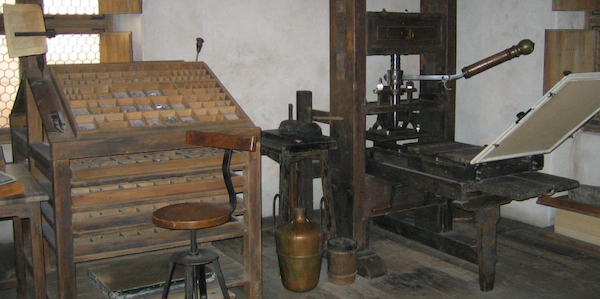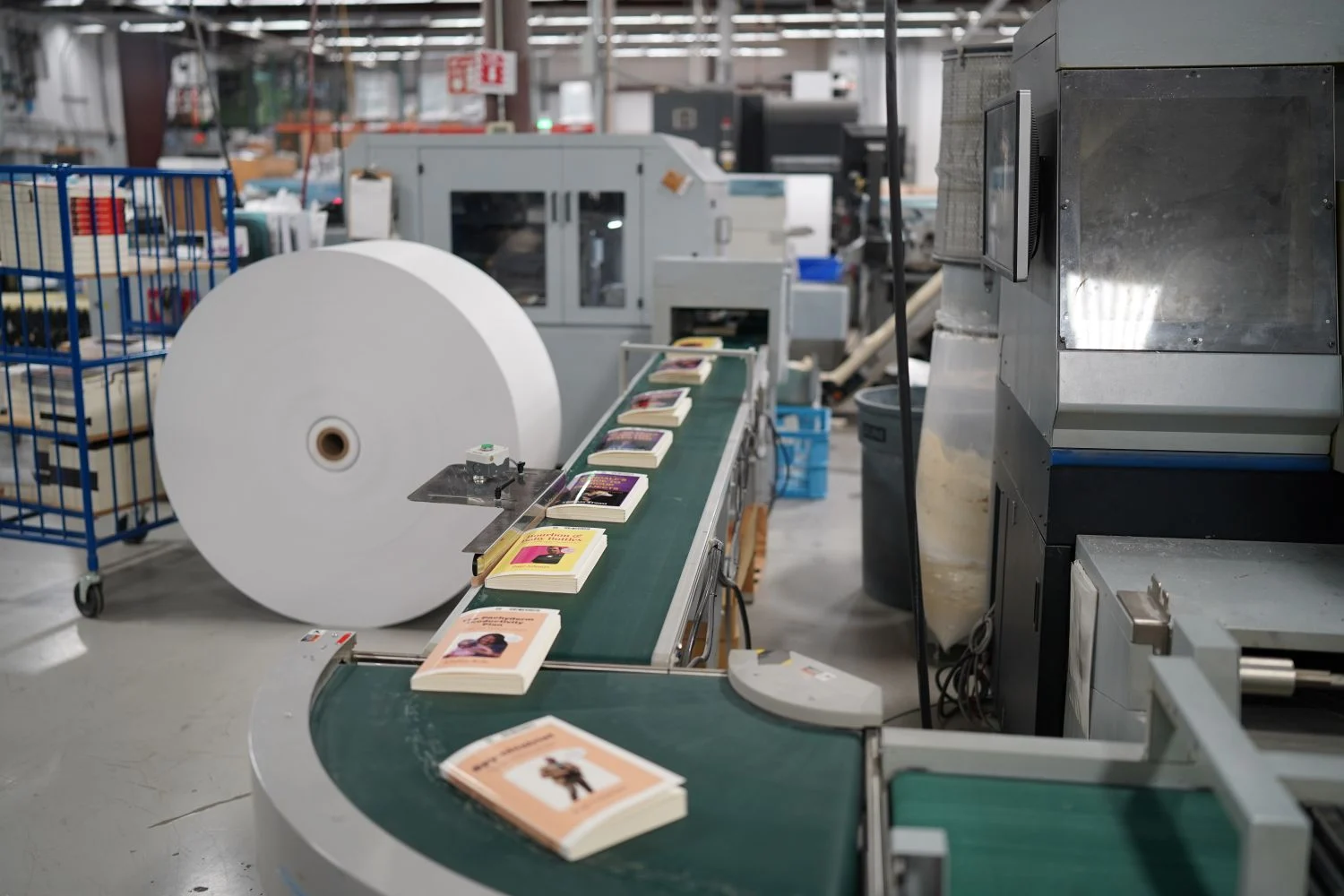When German craftsman and inventor Johannes Gutenberg introduced the printing press in 1439, he opened the door to widespread access to printed books. Not only did the printing press revolutionize how printed materials were created, it also improved the spread of knowledge and information. Today, in our never-ending quest for informational and entertaining content, we voraciously consume books, magazines, newsletters and other sources of the printed word.
Four years in the making, Gutenberg’s printing press drew from the moveable metal type characters developed in China and Korea and the screw-type presses for olives and grapes. Gutenberg’s development of mechanized printing and use of oil-based inks were a significant departure from handwritten manuscripts and water-based ink that had been the standard for centuries. His first large-scale print job, 200 illustrated Latin Bibles, was printed in 1455, all of them pre-sold.
By 1500, an estimated half a million books had been printed. Literacy rates climbed as book prices fell, and advances in science and other fields circulated widely. Historians credit the printing press as a key element of the Renaissance movement.
Gutenberg died in 1468 at the age of 70, his savings gone after a legal dispute with a business partner, but the basic mechanics of his hand-operated printing press design continued, virtually unchanged, until the advent of steam-powered printing presses in the early 1800s.
German printer Friedrich Koenig, with help from German engineer Andreas Friedrich Bauer, introduced the first steam press, which doubled productivity to 1,100 impressions per hour, in 1811. Their company, Koenig & Bauer AG, continues to be one of the largest manufacturers of printing presses in the world.
Richard M. Hoe invented the steam-powered rotary printing press in 1843, making it possible to print millions of copies of a page in a day. Advances continued in photo printing and typesetting, color printing, and processes such as offset lithography and silk screen printing in the early 1900s.
 Offset printing, now more than a century in development, continues to be one of the most commonly utilized printing methods today for newspapers, magazines, books and other printed works. It produces sharp, clean type and images and is one of the cheapest methods for commercial printing. The amount of ink can be adjusted, manually on older machines and electronically on modern machines for more precision.
Offset printing, now more than a century in development, continues to be one of the most commonly utilized printing methods today for newspapers, magazines, books and other printed works. It produces sharp, clean type and images and is one of the cheapest methods for commercial printing. The amount of ink can be adjusted, manually on older machines and electronically on modern machines for more precision.
Walsworth is exceptionally proud to be part of Johannes Gutenberg’s legacy of print publishing. We publish lifestyle magazines, association periodicals, business-to-business catalogs, and specialty books for our customers, and we are pleased to see continued positive trends in print publishing, among them an increase in new magazines.
We know that reading content that is printed on paper has benefits: readers absorb printed works more thoroughly, read them with less distraction, and are more likely to return to them after a break.
The introduction of digital publishing has meant competition for print publishing, but despite dire predictions, consumption of printed materials has remained strong.
While digital publishing has specific advantages and is an important part of any organization’s content marketing strategy, many people enjoy the reading experience physical books, catalogs and magazines offer.
Digital is here to stay, but print is still a vital part of a successful content marketing strategy. In fact, the number of print books increased 2.4 percent in 2014, studies show college students prefer printed textbooks, and parents and kids overwhelmingly choose print books for bedtime stories.
Gutenberg’s printing press revolutionized the world and imprinted his name upon it. Even those who know little about printing know something of Gutenberg, who is immortalized in numerous statues across Europe and whose legacy includes Project Gutenberg, the world’s oldest digital library, and 777 Gutemberga, a minor planet that orbits the sun. He is one of history’s most influential people, and the ability we have to learn more about him and about printing can be traced back to the hand-crank printing press he spent four years cobbling together.






